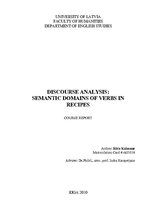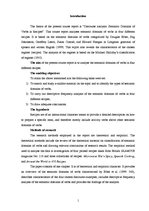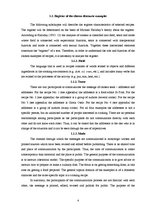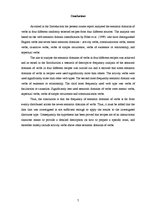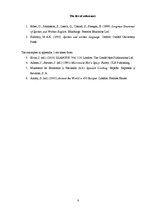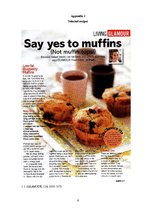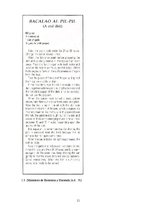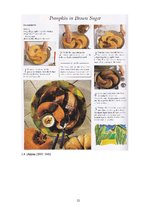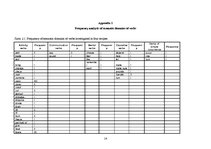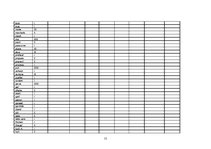Conclusions
As stated in the Introduction the present course report analysed the semantic domains of verbs in four different randomly selected recipes from four different sources. The analysis was based on the verb semantic domain classification by Biber et al. (1999) who have distinguished English verbs into seven basic semantic domains – activity verbs, communication verbs, mental verbs, causative verbs, verbs of simple occurrence, verbs of existence or relationship, and aspectual verbs.
The aim to analyse the semantic domains of verbs in four different recipes was achieved and as stated in the Introduction a research of descriptive frequency analysis of the semantic domains of verbs in four different recipes was carried out and it showed that some semantic domains of verbs in recipes were used significantly more than others. The activity verbs were used significantly more than other verb types. The second most frequently semantic domain was verbs of existence or relationship. The third most frequently used verb type was verbs of facilitation or causation. Significantly less used semantic domains of verbs were mental verbs, aspectual verbs, verbs of simple occurrence and communication verbs.
Thus, the conclusion is that the frequency of semantic domains of verbs is far from evenly distributed across the seven semantic domains of verbs. Thus, it must be added that the data that was investigated is not sufficient enough to apply the results to the investigated discourse type. Consequently the hypothesis has been proved that recipes are of an instructional character meant to provide a detailed description on how to prepare a specific meal, and therefore mostly include activity verbs above other semantic domains of verbs.
…
